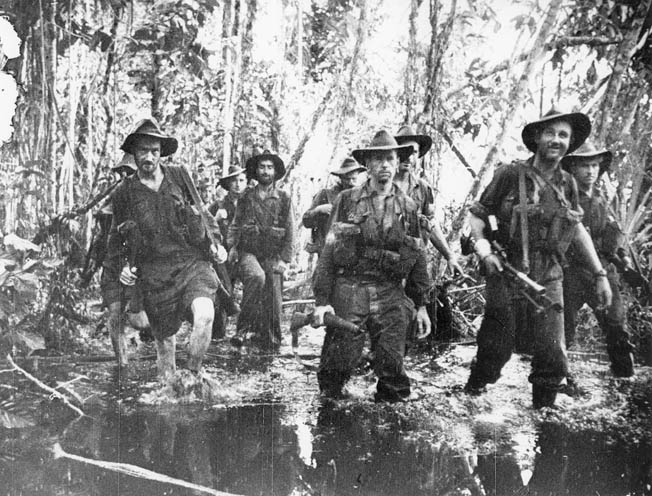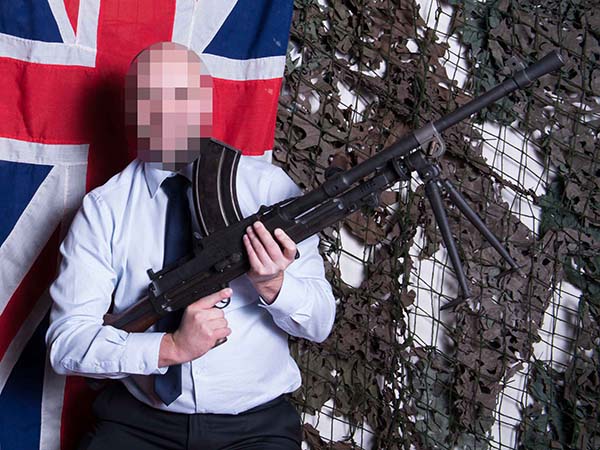IIRC, the original early WWII version was too accurate, in the sense that if held on target it was capable of putting round after round into a tight group, but this was corrected by some modification part way through the war which expanded the beaten zone.
I never fired a Bren, but I found the L2A2 perhaps a little comparable to the Bren as more of an automatic rifle rather than a true machine gun in that it was easier to keep a tighter group on a static target than an M60. The L2A2 fired a tighter group on a bipod and didn’t want to climb as much as an M60 from a kneeling or standing position.
Against that, the L2A2 and Bren were both magazine fed and most likely to be used for short 3 to 5 round aimed bursts rather than longer bursts of suppressing fire from a belt fed M60 where, if all went well for the L2A2 / Bren versus the M60, the continuity of fire was limited by the 30 round magazines for the L2A2 (?same for Bren) against barrel change for hundreds more rounds for M60. Also, unless one has an unlimited supply of time and links and manages to assemble belts properly, one can’t make up an M60 belt from loose rounds in the section or platoon, while the L2A2 and Bren both used hand loaded magazines with loose rounds and could be kept in operation in an emergency with loose rounds from other troops.
Comparing the L2A2/ Bren with a true machine gun is a bit of case of comparing apples with oranges.
I was in a minority who preferred the L2A2 purely as a firearm for its accuracy and ease of operation (no extra kit such as an asbestos glove for a barrel change, for a start, and no extra barrel to lug around, either), but if I had to choose between the L2A2 / Bren and an M60 for static defence or infantry operations, the M60 wins hands down for its greater firepower.
Brens in action or operations by Australians in Papua New Guinea in WWII.











